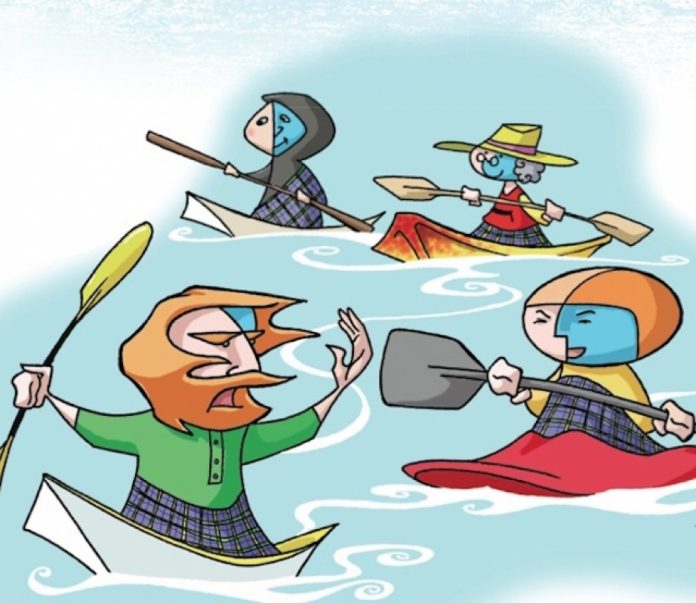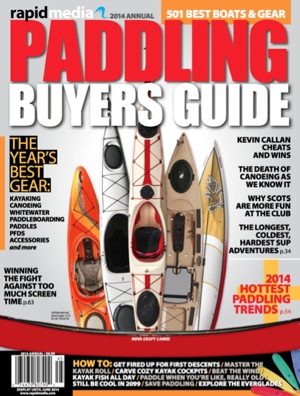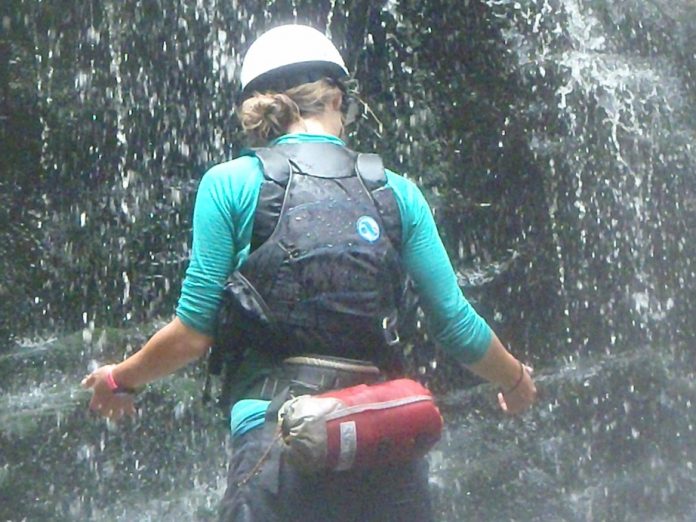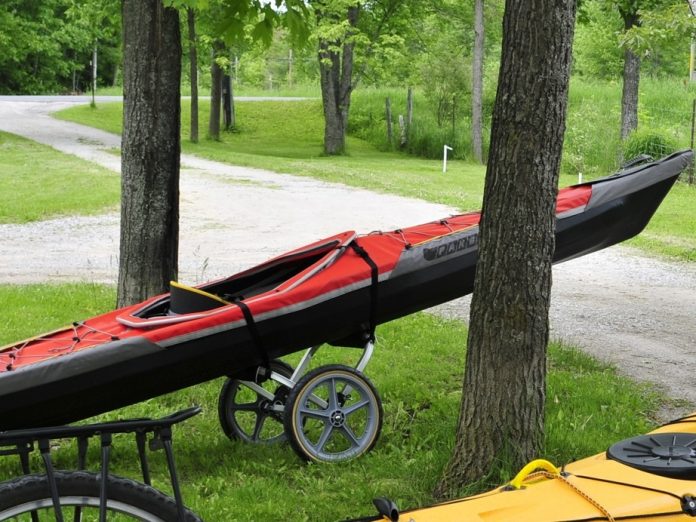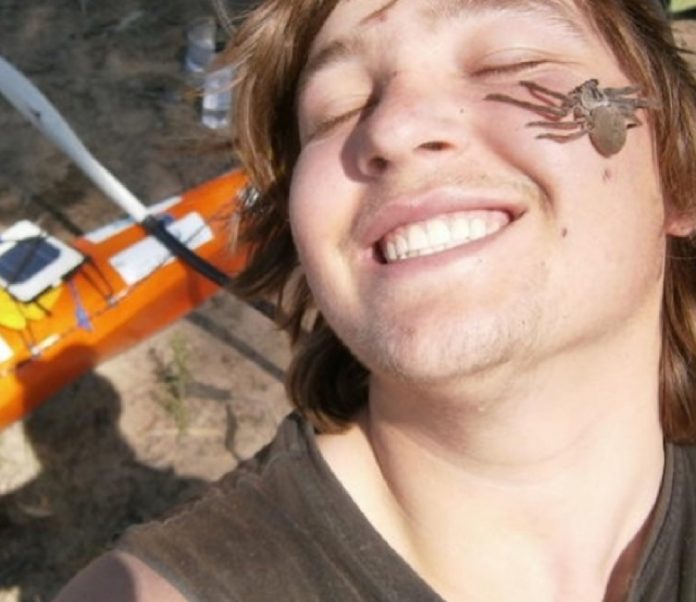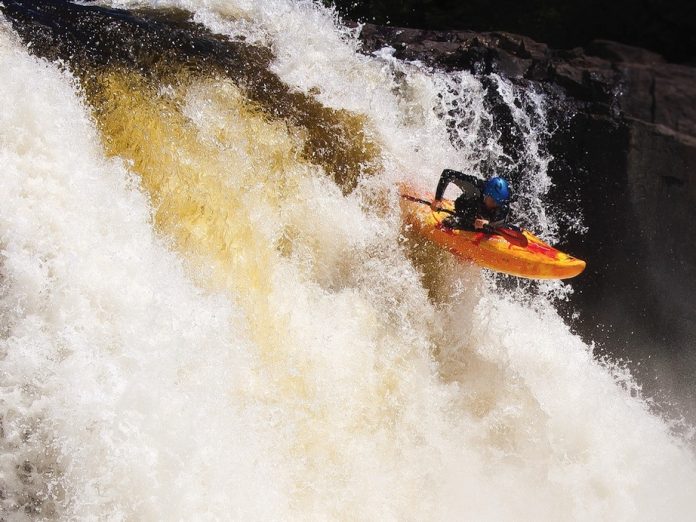Not only is Ray Chaplin the first riverboarder to run the entire length of South Africa’s longest river, the Orange River—he also leaves cleaner, less polluted whitewater behind him.
The former IT professional was inspired when he became aware of the rampant plastic pollution in South Africa’s waterways, specifically the Orange River, which supports dozens of communities from east to west across the country.
Chaplin, born in Cape Town, is the first riverboarder to complete the descent from the source in Lesotho 2,500 km westwards through South Africa to the Atlantic Ocean.
Riverboarding is essentially extreme boogie boarding. Lying on your stomach, half in the water, and kicking with flippers for propulsion, river reading has a whole new meaning—on his Fluid Kayaks’ Anvil, Chaplin’s face was just above the waterline.
On April 7, with no backup crew to shadow him and almost 80 pounds of gear riding on his back, Chaplin began his trek.
“Rapids in Lesotho range from placid and nothing worth writing home about to ridiculously wild,” Chaplin told Rapid. And, he says, being out there alone with loads of additional weight and expedition fatigue made every small feature in the river especially concerning.
Things started off rough with a cold snap in Lesotho where Chaplin woke up on several mornings with snow around him and frozen gear. Then, as he passed back into South Africa, he very quickly noticed the quality of the river declining.
“I came across four towns that are spilling sewerage into the river, drastically changing the ecosystem of our nations’ lifeline,” says Chaplin. “Millions rely on it for drinking water, while travel and tourism, mining and farming sectors are all dependent on it too.”
Once a week Chaplin would take a break from his 10-hour paddling days and take his mission on land, doing presentations on environmental responsibility and the importance of living sustainably to schools, as well as teaming up with members of the plastics industry to organize community cleanups in and around the river. Over the course of the journey, Ray presented to over 9,500 people and filled 5,500 bags of litter.
Just as things began to pick up on the water once again, Chaplin hit another setback. While scouting a set of rapids he slipped on rocks and landed two broken ribs and a severe spinal injury that prevented him from continuing. The injuries delayed the trip nine weeks as Chaplin rushed his rehab to get back on the river where he left off.
Finally, on December 9, after months of isolation and exhausting whitewater navigation, Chaplin reached Alexander Bay where the Orange River empties into the Atlantic Ocean.
“Suddenly I didn’t want it to end. Suddenly I wanted the river to be a few hundred kilometers longer,” says Chaplin. His crew, ready to meet him, was on the South African bank with banners, flags and bubbly, but Chaplin headed straight for the Atlantic Ocean.
It didn’t take long before he ditched the board and charged into the breakers to celebrate completing the first source to sea descent of the Orange River by riverboard.
Visit www.raychaplin.com to read more about Chaplin’s journey and www.fluidkayaks.com for information on the riverboard that supported his 2,500km trip.
Katrina Pyne is a multimedia journalist and freelance videographer based in Halifax, NS. www.katrinapyne.com



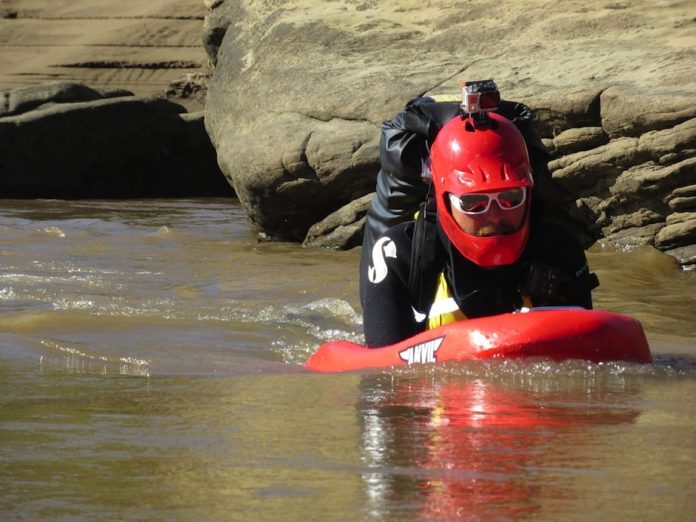
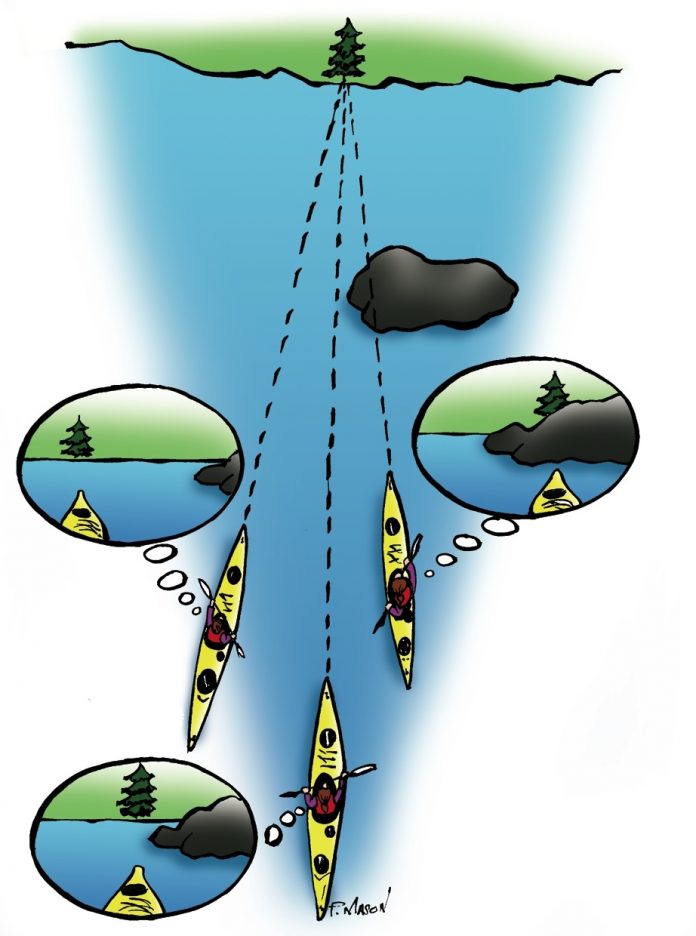
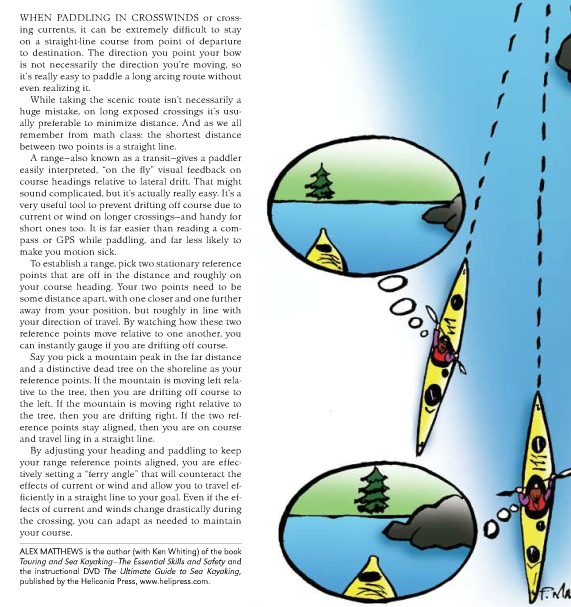
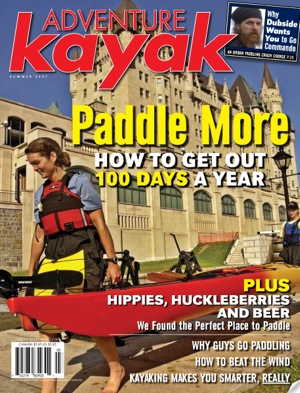 This technique article originally appeared in Adventure Kayak, Summer 2007. Download our free
This technique article originally appeared in Adventure Kayak, Summer 2007. Download our free 